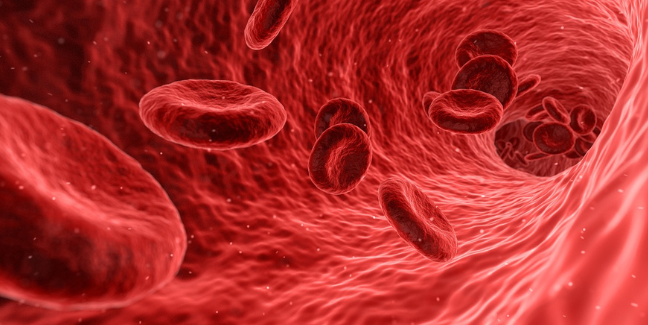
Cord blood transplantation is considered a lifesaving treatment for many patients with malignant and non-malignant haematological (blood and bone marrow) diseases.
While there is no definitive consensus on exactly how long frozen cord blood can be stored scientists and clinicians worldwide are of the opinion that if cryopreserved and stored properly, then storage can be for decades or more. Key work undertaken by Professor Hal Broxmeyer, a distinguished world leader in the field of cord blood therapeutics has demonstrated efficient human cord blood cell recovery in the laboratory after storage times of 5, 10, 15 and 23.5 years. More recently, since Professor Broxmeyer sadly passed away in 2021, his team have continued the investigation and in October 2023, published data showing that cord blood stem cells remain functionally viable 27 years after the cells were cryopreserved (1, 2, 3).
Cord blood storage has been available for just over 3 decades, although in the first 10 years, not many units were being stored and used. It is therefore not possible to look at empirical data beyond that time point. However, Broxmeyer’s laboratory have confirmed that long-term cryopreservation for at least 27 years does not significantly alter the numbers and functionality of the critical haematopoietic (blood making) stem cells found in cord blood.
Realistically, it is in the last 20 years approximately that transplantation using cord blood has become a fully accepted therapeutic option and experts in the field have confidence that ongoing cord blood banking and use should continue as there are well worked out therapeutic strategies in place in addition to refinements and innovations being developed (4, 5, 6). As time goes on, this will mean that more cord blood units that have been cryopreserved long term may be used therapeutically.
The Anthony Nolan Cord Blood Bank FAQs states: “How long will you store my baby’s cord blood? We’ll store it until someone needs it for a transplant (or for research if there aren’t enough stem cells to use for a transplant). We can store indefinitely, frozen in cryogenic tanks at temperatures of around -190oC” (7)
Smart Cells use state of the art processing, cryopreservation, and 24/7 monitored storage technologies designed to optimise the viability of stem cells. In vapour phase nitrogen temperatures below -170 degrees Celsius, all metabolic activities in cells are suspended, meaning there should be no deterioration. The majority of public and private banks worldwide use similar tried and tested technologies. At Smart Cells, six years is the longest interval between storage and thawing of frozen cord blood cells that were given to a patient as a transplant which was satisfactory in terms of cell recovery and engraftment. No units older than this have yet been requested.
As part of Smart Cells’ Quality Assurance programme and regulatory compliance, the team regularly undertake validation studies to ensure that the processing, freezing, and storage of cord blood is efficient and that total nucleated and viable CD34+ stem cell recoveries are satisfactory after thawing.
Provided procedures to process, store, and thaw stem cells are of a high standard, the main factor that can potentially affect the ultimate post-thaw recovery is the original quality of the cord blood sample itself. A small proportion of cord blood units with initial low viability may not withstand the thawing process in the same way as a more robust product.
Due to the rarity of cord blood units that have reached 27 years duration in cryopreserved storage (these are likely to be the oldest units in existence), the tested timeframe will be extended as time goes on and laboratory and clinical studies can demonstrate that cord blood stem cells remain viable beyond 30 or more years. Clinical proof will require treating patients with cord blood units that have been in storage for decades but for now, Smart Cells’ advice aligns with current worldwide expert opinion.
(1) https://www.ncbi.nlm.nih.gov/pmc/articles/PMC3100689/
(3) https://parentsguidecordblood.org/en/news/how-long-can-cord-blood-be-stored
(4) https://www.ncbi.nlm.nih.gov/pmc/articles/PMC5442723/
(5) https://www.ncbi.nlm.nih.gov/pmc/articles/PMC7567024/
(6) https://www.ncbi.nlm.nih.gov/pmc/articles/PMC9985112/
(7) https://www.anthonynolan.org/help-save-a-life/donate-your-umbilical-cord/umbilical-cord-faqs



